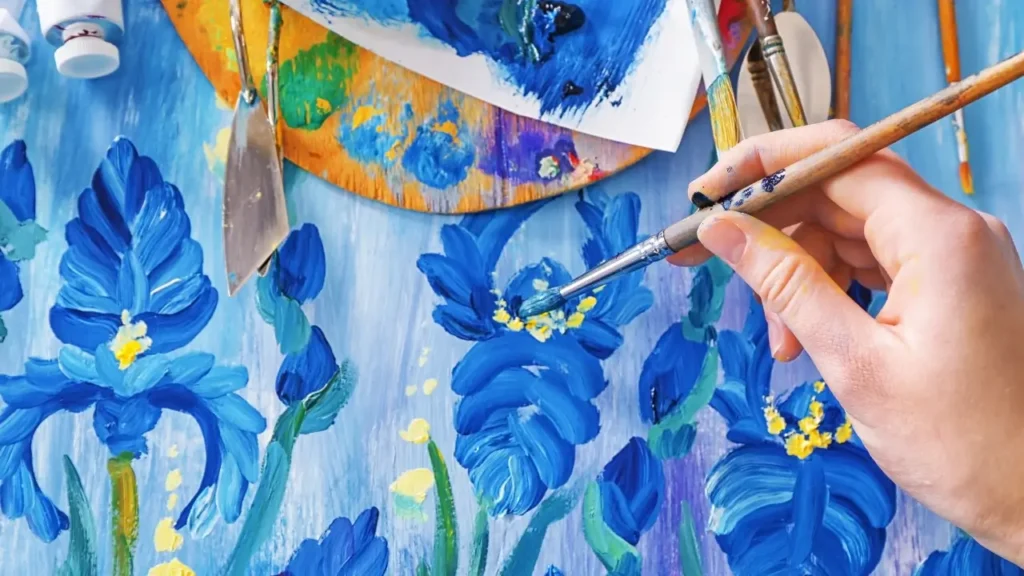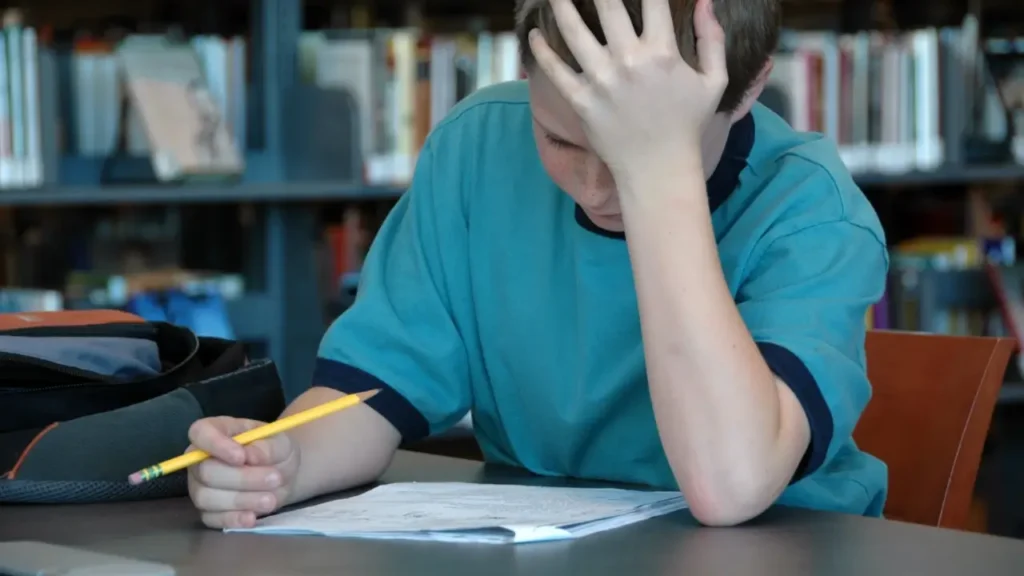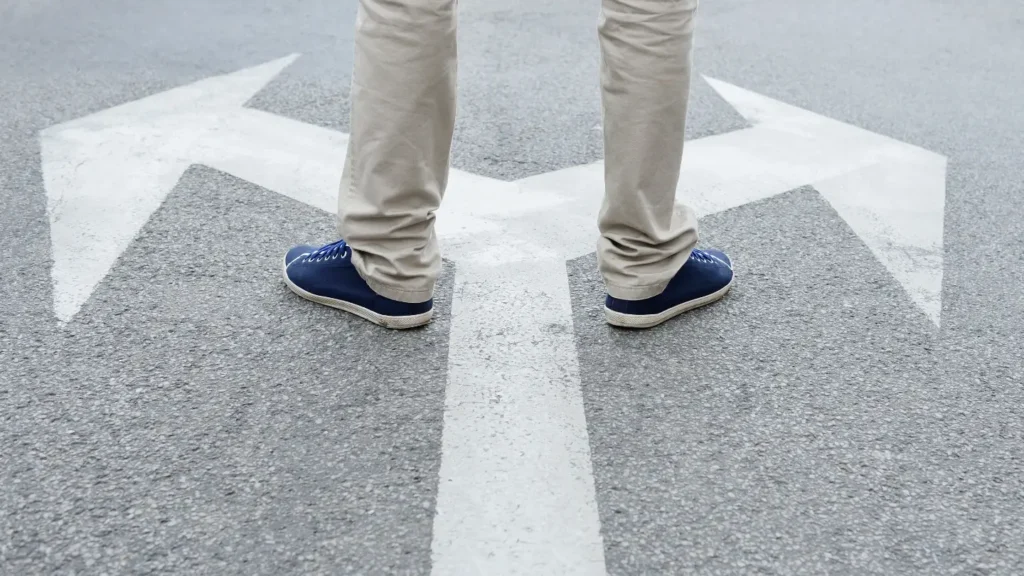Have you ever looked at a beautifully complex painting and wondered where the artist even began? A blank canvas can seem intimidating, but a true artist understands that every masterpiece starts with a single idea and a few strokes. The same principle applies to your Arabic language journey. If you’re looking to learn Arabic and feel overwhelmed by its depth, remember that you’re not just studying a language—you’re painting a work of art, one brushstroke at a time.
For anyone who wants to study Arabic, whether you’re a total beginner or an intermediate learner, it’s easy to get lost in the sea of grammar rules, vocabulary, and dialects. But what if you viewed this process as a creative process, similar to creating a painting? The goal isn’t to create perfection overnight, but to appreciate each stage of development. This analogy can guide you on the best way to learn Arabic and help you stay motivated.
The First Stroke: From Blank Canvas to Basic Sketch
Every great painting begins with a vision. Similarly, your journey to learn Arabic starts with a high-level understanding of the language. This is the “sketching” phase.
Your first steps are your basic Arabic lessons. You should focus on understanding the alphabet, the unique sounds of the language, and a few common phrases. You don’t need to know everything at once. This initial stage of Arabic for beginners is about building the rough outline of your masterpiece. It might look messy or unclear at first, but it is the essential foundation for everything that follows.
The First Layers: Vocabulary and Foundational Grammar
Once your sketch is complete, an artist starts adding the broad, foundational colors. In your Arabic language journey, this corresponds to building your core vocabulary and learning basic Arabic grammar.
This isn’t a one-time application, but a gradual process of layering, just as an artist applies multiple layers of paint and then blends the colors. For an independent learner in particular, it’s beneficial to set a monthly goal to study a specific number of adjectives, verbs, grammar rules, and greetings. As the months pass, your masterpiece will begin to take shape, leading you towards fluency.
Remember, every single word you memorize and use is a brushstroke on your canvas. The more you practice, the more the picture begins to take shape.

Filling in the Details: Practice and Immersion
An artist moves from broad strokes to fine details, adding depth and beauty. This is the stage where you begin to truly connect with the language. This is where you start to consider how to learn Arabic online by listening to podcasts, watching movies, and reading articles.
You might start to notice the subtle differences between Arabic dialects vs Modern Standard Arabic. You’ll also begin to perfect your Arabic pronunciation guide and start using your skills for daily conversations. This is the stage where your painting stops being an abstract collection of colors and starts to become a recognizable, beautiful image.
The Final Masterpiece
Learning Arabic is a process that requires patience and dedication. It’s not a race to the finish line. Don’t be discouraged if you feel lost at times; every artist faces moments of doubt. Just remember that every word you learn, every conversation you have, and every grammar rule you master is bringing your masterpiece closer to completion.
If you’re still wondering is it hard to learn Arabic, the answer depends on your approach. With the right mindset and a step-by-step strategy, the process can be deeply rewarding. Start today with a single brushstroke and watch your artistic language skills blossom.
Want more free tips? Check out our free Arabic lessons. We can help you navigate this incredible journey and transform your empty canvas into a true masterpiece.



